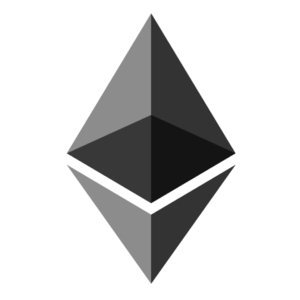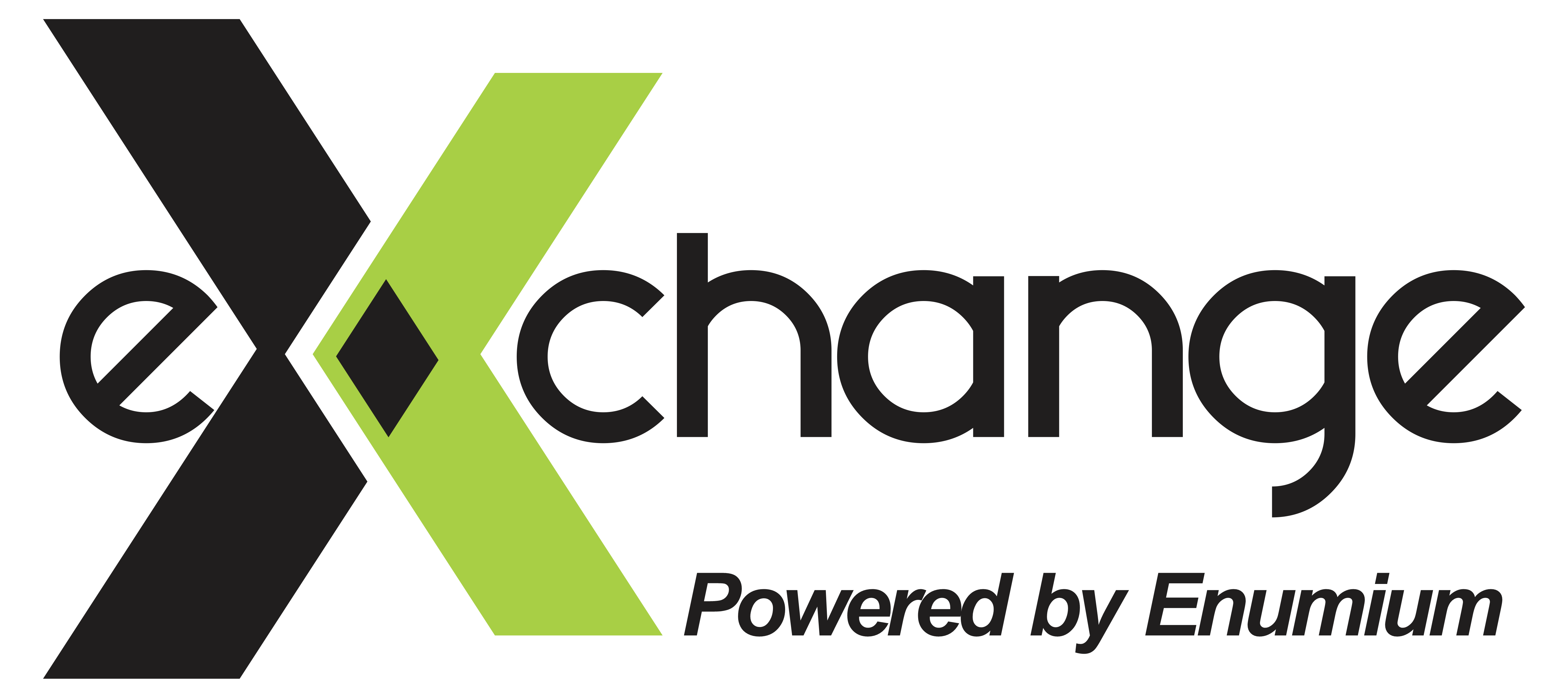 Ethereum ETH Coin Values ETH
Ethereum ETH Coin Values ETH
Ethereum valuesUSD Price $ 236.78
Ethereum BTC Price 0.02559542
Ethereum 24h Vol $ 7,564,101,837
Ethereum Market Cap $ 26,438,223,073
Ethereum ICO Details
Ethereum is a decentralized platform that runs smart contracts: applications that run exactly as programmed without any possibility of downtime, censorship, fraud or third party interference.
These apps run on a custom built blockchain, a shared and global infrastructure that can move value around and represent the ownership of property. This enables developers to create markets, store registries of debts or promises, move funds in accordance with instructions given long in the past, and many other things that have not been invented yet, all without a middle man or counterparty risk.
Team:
- Vitalik Buterin: Creator of Ethereum. (Twitter);
- Mihai Alisie: Co-Founder of Ethereum. (Twitter);
- Anthony Di Iorio: Co-Founder of Ethereum. (Twitter)
The Ethereum sale was uncapped and ran for 42 days. The sale price was 2000 ETH for 1 BTC for the first 14 days and then started to increase linearly, finishing at 1337 ETH for 1 BTC. 31,529 BTC were raised which was worth around $18,500,000 at the time of the sale close. However, in order to pay expenses part of the BTC raised had to be sold at around 50% loss.
Ether th
Interesting files:

